The Evolution of the Korean Currency
- byT.Sapphire 💙
- 1 year ago
- 1 Comments
- 5mins
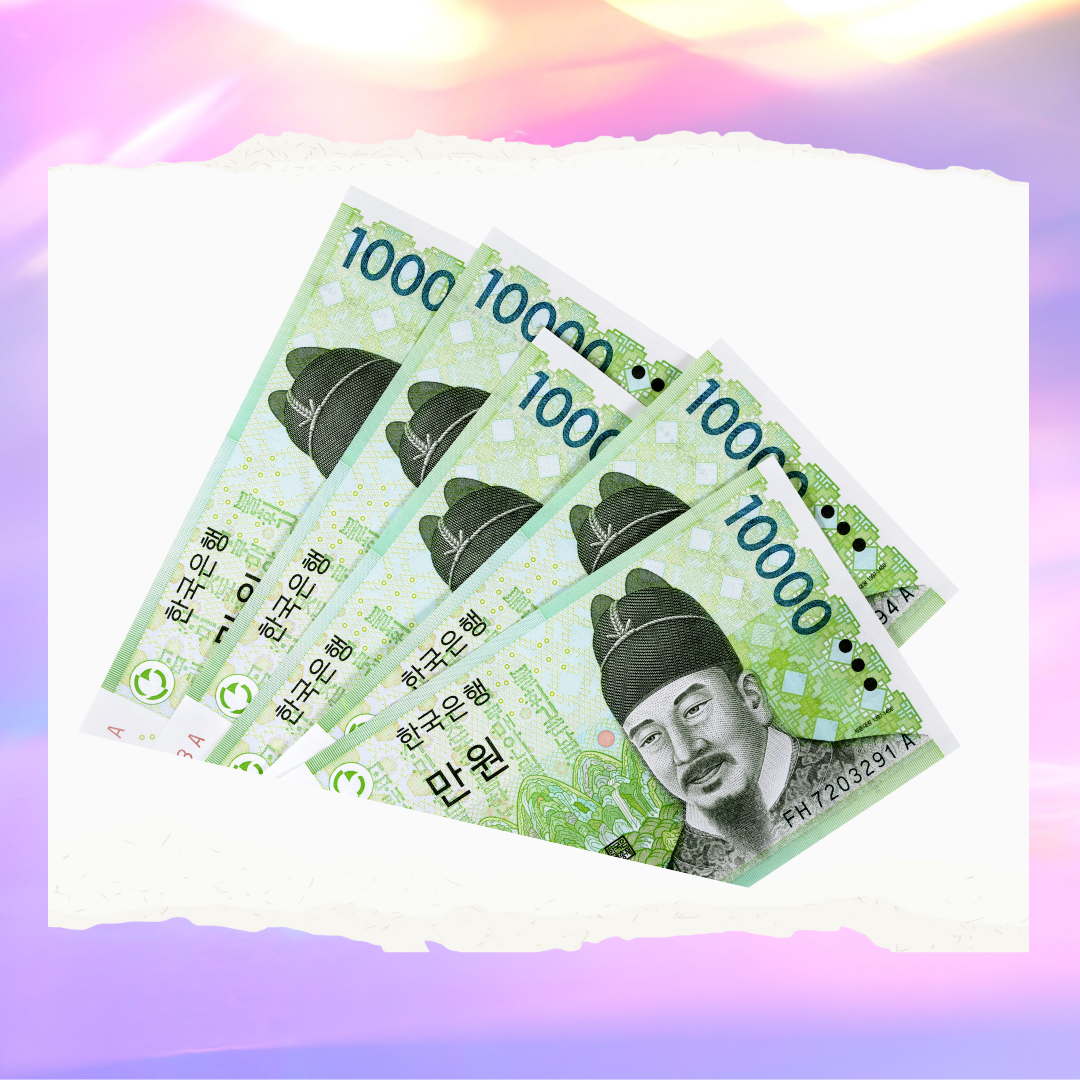
A means of exchange is Paramount to every country’s economic development. During the pre-colonial era, different cultures and countries used items like beads, glasses, bottles, salts, manila, cowries, and some other goods and services for bartering which served as a means of exchange before the invention of currencies like shekels, cowry shells, metal coins, gold and silver coins, etc
When it comes to the Korean currency, different questions come to mind; what was the first currency used in Korea? When did the use of the South Korean Won start? What are the currencies that have been used in Korea before its division? And many more questions. Let’s take you on a journey to the Goryeo dynasty up till date to give you detailed information on the use of currencies up till date in Korea. Before we go into the details, it is important to note that (전) Jeon was used as a monetary subunit of currencies in Korea. Here is the list of currencies used in Korea to date
조선통보 (Joseon-tongbo) and 정보 (Jungbo)
The first currency used in Korea were coins cast in bronze and iron (Tongbo and Jungbo) during the Goryeo dynasty which was used from 918- 1392. They also used silver vases (unbyong) among the aristocrats as a means of exchange before the introduction of ‘Mun’ and ‘Won’.
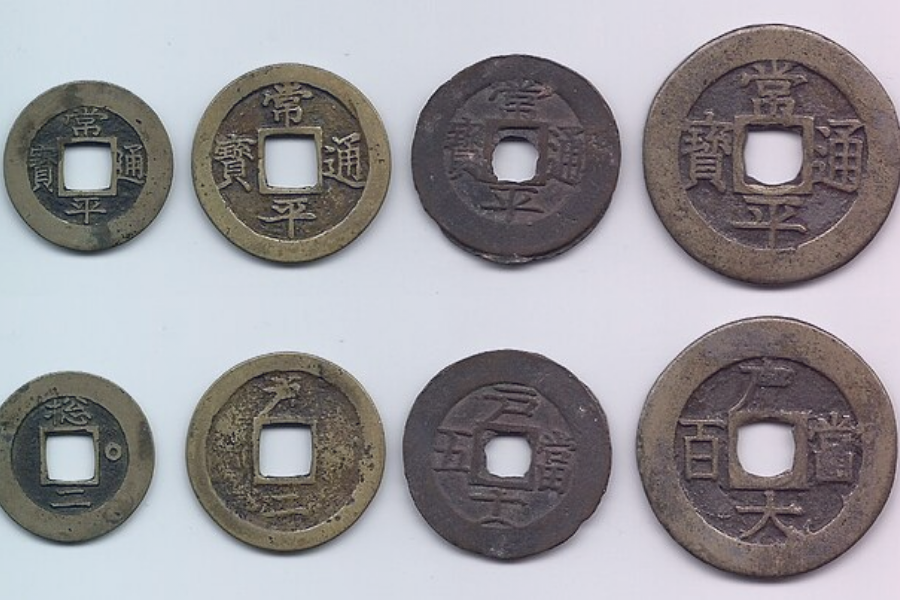
문 (Mun) and 원 (Won)
Mun was introduced three times before it was accepted. The first attempt was during the Goryeo dynasty which was 998-1105. The second and third attempts were from 1423- 1425 and 1625- 1892 respectively in the Joseon era. It became widely accepted after the third attempt in 1625. The Mun was derived from the Chinese Wen, they were coins cast from copper alloys like bronze and brass with round or square holes in them. It had a ‘Sangpyeong Tongbo’ (상평통보) inscription and was used from 1625-1892. In 1888, the Won was introduced which 1 Won was still equal to 1000 Mun and they were both used till 1892. Though ‘Jeohwa’ (저화) which was made with mulberry paper was the first legal paper money and was used in place of coins, it quickly disappeared in the early 16th century. The Mun and Won continued to dominate before the invention of the Korean ‘Yang’.
양- The Korean Yang
The yang coins were used between 1892 to 1902. It is difficult to say whether these coins were widely accepted because the 5 yang coins were equivalent to ‘1 Won or 1000 Mun’. Though the Yang took over from the Mun and Won, they continued as a legal tender until 1908.
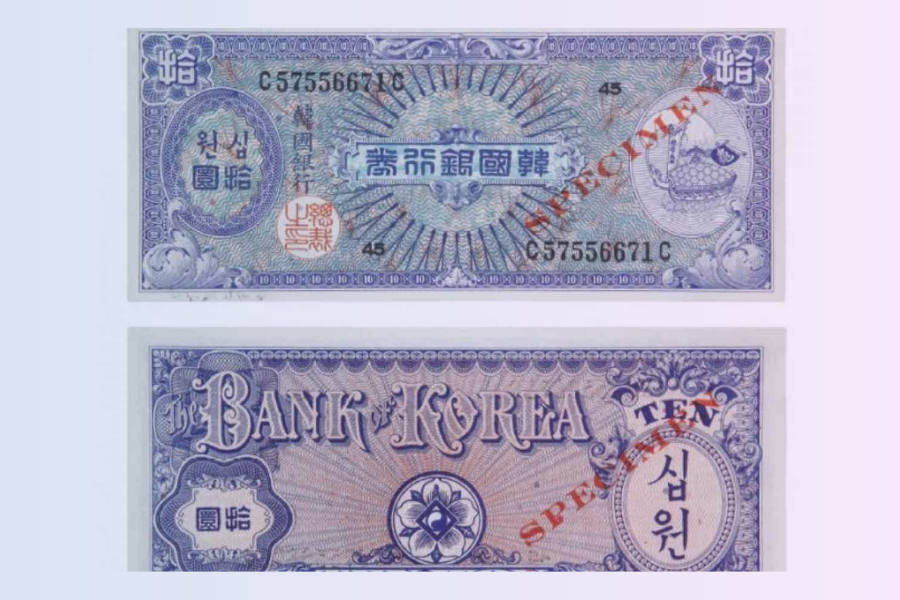
대한제국 원 - The Korean Empire Won
The Korean Empire Won was used after the Korean Yang from 1902 till 1910. The Korean Empire Won was equal to 10 yangs and its unit was one Won to 100 Jeon. The usage of the Korean empire Won came to a halt in 1910 and the ‘Yen’ was introduced.

옌 – The Korean Yen
The Japanese colonial rule in Korea started in 1910 and the official currency of Korea became the Japanese Yen. The Korean Yen consisted of Japanese Currency and banknotes which were issued specifically for Korea from 1910-1945. The use of the Japanese Yen stopped when Japanese rule over Korea ended on September 2nd, 1945 with the surrender of Japan in World War 2. The Korean Empire split into two in 1953 after World War 2. They were divided into the North and South.
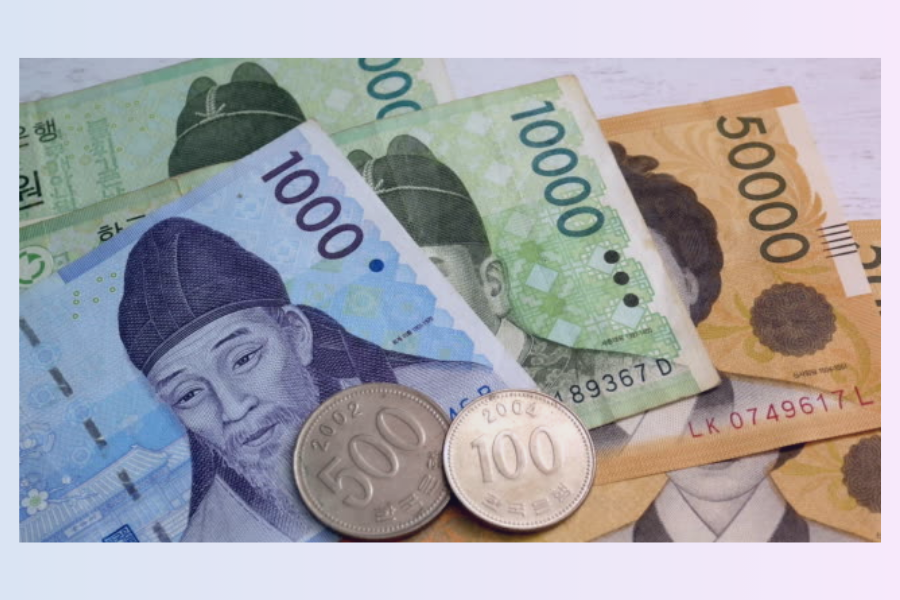
원-The South Korean Won
The South Korean Won has been in use in South Korea from 1953 till date. Its Symbol: is ₩; and its Code: is KRW. It ranges from coins to paper notes.
The coins
₩1 and ₩5 are rarely used
₩10 ₩50 ₩100 ₩500 which are mostly used as change
The paper notes
₩2000 rarely used
₩1000 ₩5000 ₩ 10,000 ₩50,000
Some notable worth of the South Korean Won in other countries are
– US dollars – 1USD = 1,350 KRW
– Nigeria Naira- 1 Naira = 1.02 KRW
– Japanese Yen – 1 Yen = 8.88 KRW
– India Rupee – 1 INR = 16.14 KRW
– Chinese Yuan- 1CNY= 186.16 KRW
Ps: The following rates are the rates as of April 2024.
Though the South Korean Won might be considered flawed due to its low rate to other country’s currencies, it’s highly advantageous because it enables domestic economic agents to avoid foreign exchange risks. It also helps in the development of the domestic financial and foreign exchange market.
South Korea is famous for its low cost of living. It is ranked 53rd out of 197 countries by cost of living and it is also the 23rd best country to live in.
With this development, Working in Korea might be easier since they are most welcoming to foreigners who can teach the English Language properly.
As a Korean Enthusiast, I think traveling to Korea should definitely be on your to-do or wish list.
T.Sapphire 💙
T. sapphire is a writer who found her love for the Hallyu wave after watching the historical drama “Jumong.” She is mainly interested in Korean dramas and the history of Korea at large. Explore her pieces as she takes you on a journey through K-Drama recommendations and keeps you informed about the history of the Korean people.
1 Comment(s)
-
Shegman
Maybe I should consider going to Korea and teach them English....🤣
Related Posts
Daily Newsletter
Get all the top stories from Blogs to keep track.
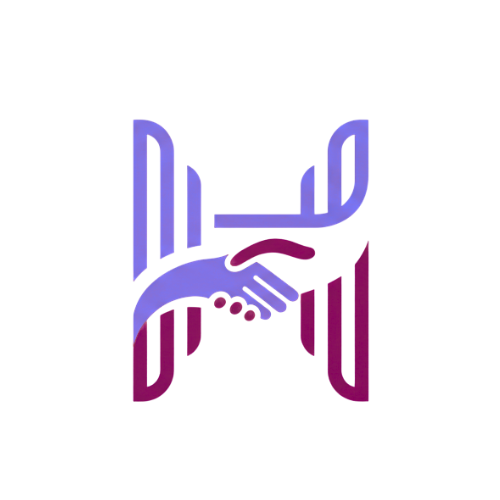
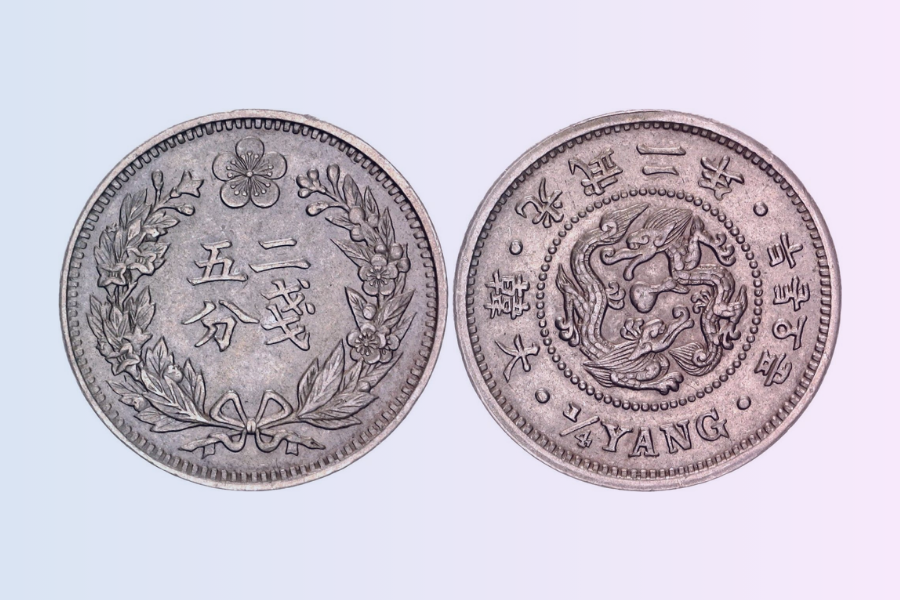




Leave a comment